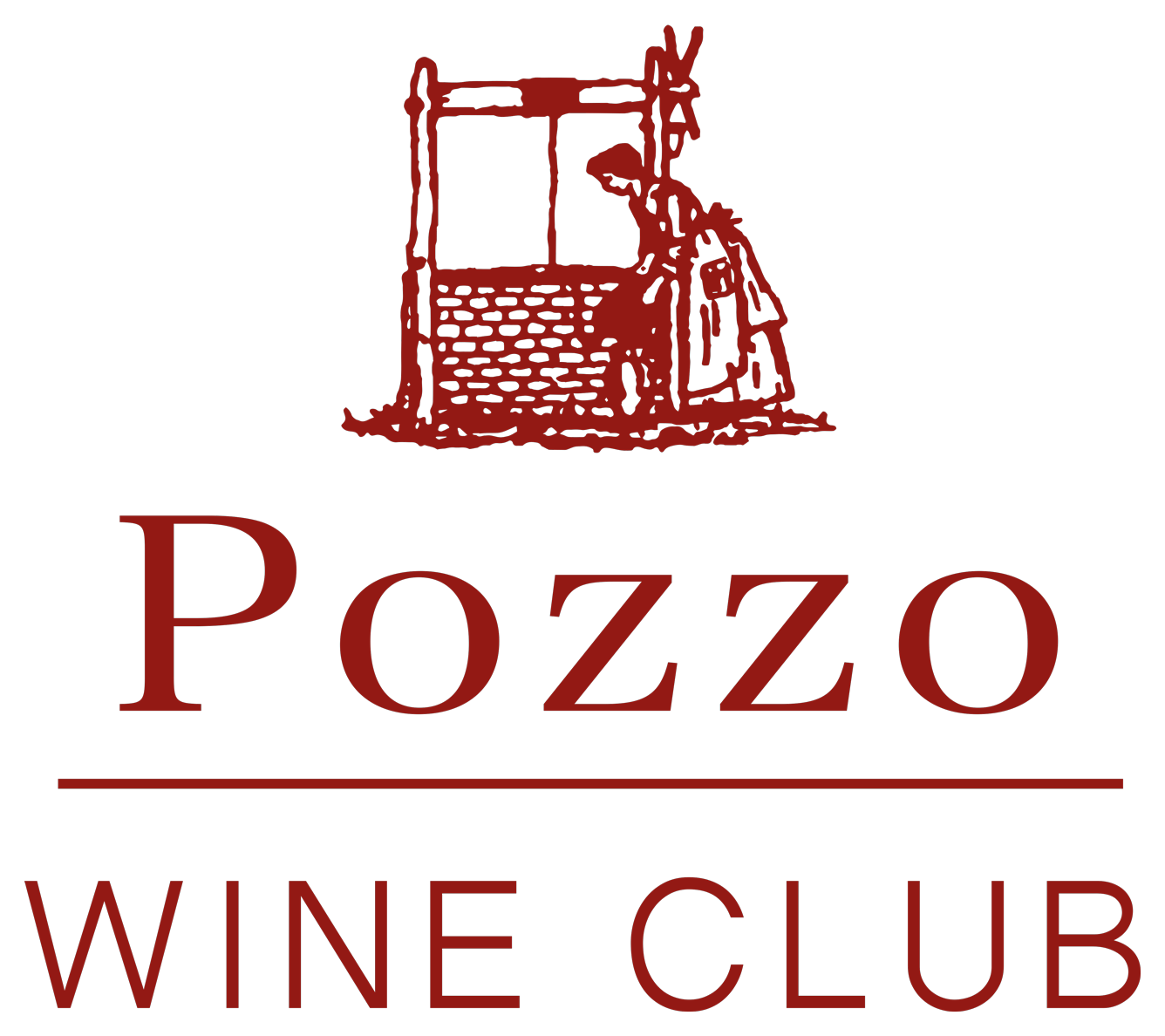Next PostBiodynamic in Brunello di Montalcino
Previous PostBrunello: modern style versus traditional style, the Clash
Related Posts
Banfi’s Revolution
2022-04-27
daniele-marconi

From Historical sources we know that even before Biondi-Santi, this slice of Tuscany was well known for high quality red wines. As a proof of this deep link, archeologists found fossils of vines located on the north side of Montalcino. These archeological findings dated back 200 years BC. All we know is that around that period the Etruscans (population before Romans) had already established in the south of Tuscany and started to experiment with the winemaking process. Probably wine was the only drug available back then :). Back then vines were grown into bushes and winemaking processes were held in clay amphoras.
200 years later the romans spread vineyards all over Europe (including France). They needed wine as a source of calories and entertainment for the entire army. Montalcino as we mentioned in the previous article was an important stop of the Via Francigena. Pilgrimage road leading from Rome to London, that’s where all the popes emperor and other VIP where stopping by. For this reasons locals have always developed passion for hospitality, offering the best local food paired with incredible wines.
During the siege of 1553, there was never a shortage of wine and Blaise de Montluc, in defense of the Montalcino walls, to conceal suffering “would redden his face with red wine”.
Clemente dedicated his life to winemaking almost abandoning the pharmacy business. As anybody in Tuscany he started experimenting with red wine, blending sangiovese with other territorial red grapes. In 1860 he realized that Montalcino had all the cards in place in order to make an outstanding 100% Sangiovese wine. To confirm his theory vin 1967 he received an award at the Universal Exhibition of Paris in 1867. That’s when Montalcino and its wine started gaining international attraction.
 Franco Biondi Santi checking old vintages
Franco Biondi Santi checking old vintages
Ferruccio, following the line for great wine, could only improve what his grandfather had built. At this stage the focus was to decide the right Sangiovese clones what would become Sangiovese Grosso. Around 1870 after a careful selection the Brunello di Montalcino was born. Still today many winemakers are still dealing with the same original clone, still detaining the original peculiarities. Elegance, long aging capabilities and power.
The years between the end of the sixties and the seventies marked the rise to the successes for Greppo Biondi-Santi. Under the Leadership of Franco Biondi-Santi, unforgettable gentleman and wine-waker and point of reference for all the producers not just in Montalcino but in Italy and Europe!
In 1969 Giuseppe Saragat, then President of the Italian Republic, decided to serve a 1955 Brunello at the state dinner in honor of the Queen of England Elisabetta.
After this Brunello starts officially his run to the stars of red wines of the world!
Write us at info@pozzowineclub.com
Your payments are protected by
![]()
Delivery it takes 10 up to 15 working days from collection
